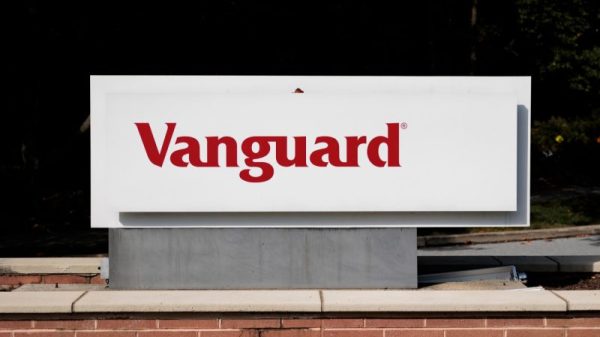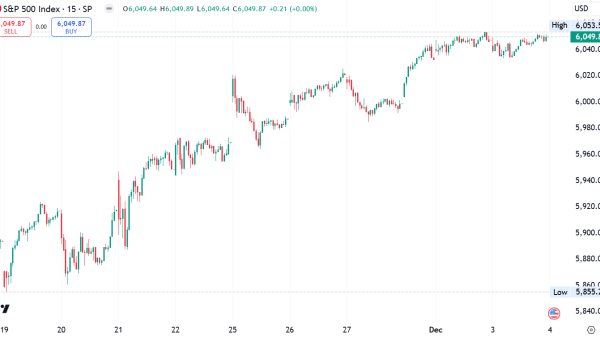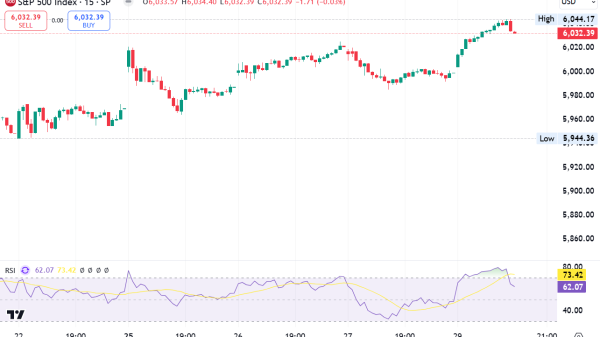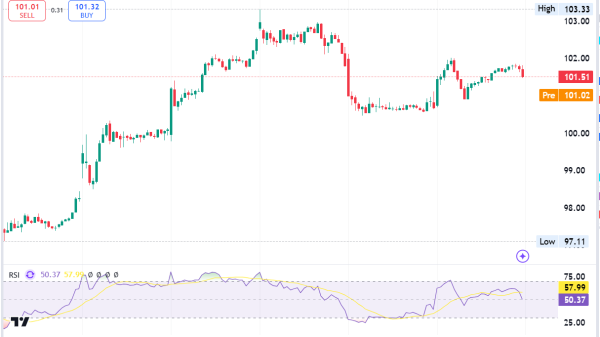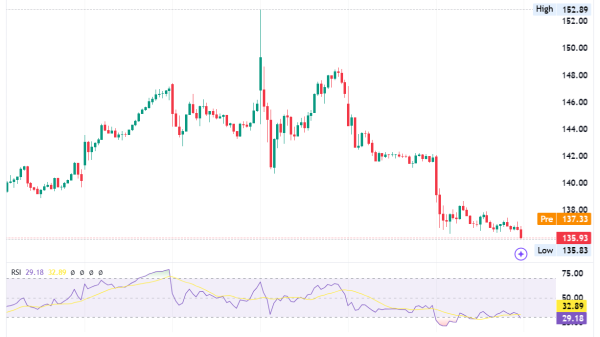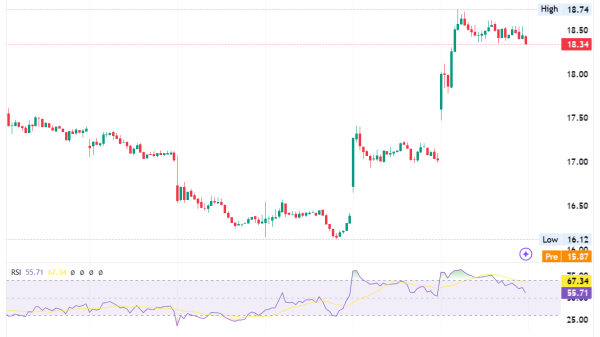What Is The Best Capital Adequacy Ratio – Get All The Info
Have you ever thought about what the best capital adequacy ratio means? Why is it important to understand this ratio if you want to improve your career and daily life?
First, banks are responsible for using risk weights to decide how much capital they need based on the assets they hold. For instance, safer assets like famous government loans include much lower weights.
On the other side, riskier assets, such as personal loans, include higher weights. A car exceeding the Basel minimum shows banks are financially strong, able to handle big losses and keep depositors’ trust.
Now, let’s get all the crucial details about this particular ratio, shall we?
What does the Best Capital Adequacy Ratio Model stand for?
First of all, Best’s Capital Adequacy Ratio Model—Global stands for one of the most excellent Excel-based tools designed to offer a comprehensive review of an insurer’s operations.
It’s regardless of whether they deal in life, non-life, or composite insurance. Remember, this particular model combines evaluations of underwriting practices and financial performance.
Besides that, it’s also responsible for enabling deeper insights into the insurer’s balance sheet strength. However, let’s get a clearer picture of this capital adequacy ratio model, shall we?
What does it measure exactly?
The Capital Adequacy Ratio (CAR) measures a bank’s ability to handle its financial duties. Remember that this ratio type is often called the Capital-to-Risk Weighted Assets Ratio (CRAR).
It’s a key metric that indicates the proportion of a bank’s capital relative to its risk-laden assets.
What do regulatory authorities employ?
Regulatory authorities, for instance, employ this ratio to assess whether banks are in danger of collapsing.
They do so with the main goal of maintaining bank stability and safeguarding depositors’ funds.
What are the main capital types?
The ratio includes 2 different types of capital:
Tier-1 capital: Essential funds that help banks cover losses and stay open.
Tier-2 capital: Additional funds from selling assets if a bank needs to shut down.
Crucial Points to Note
CAR is crucial because it helps ensure banks can absorb losses without going under.
Regulators use it to check banks’ health and perform stress tests.
Both Tier 1 and Tier 2 capital contribute to the ratio.
However, remember that CAR doesn’t consider the risk of sudden large withdrawals or extreme financial crises.
What is the formula for the best capital adequacy ratio?
Regarding the capital adequacy ratio calculation, you need to learn the basic formula. Here is what you need to keep in mind:
CAR= Risk-Weighted Assets
Tier 1 Capital+Tier 2 Capital
Exploring the Capital Adequacy Ratio (CAR)
The Capital Adequacy Ratio (CAR) measures a bank’s financial stability in the first place. It does so in a specific way, observing its capital compared to its assets.
Keep in mind that Basel II, in this case, sets the minimum CAR at 8%. On the other hand, Basel III is responsible for increasing it to 10.5%, which includes a 2.5% conservation buffer.
Tier-1 Capital
It is time to get to know Tier-1 and Tier-2 Capitals as a true professional. Firstly, Tier-1 capital is set of the following crucial things:
Shareholder equity
Common stock capital
Non-physical assets
Verified income reserves.
All of these are vital for the two following things:
Absorbing losses
Ensuring a bank can operate under financial strain.
Tier-2 Capital
Tier-2 capital includes items such as the following:
Unreviewed retained profits
Unreviewed reserves
Overall loss provisions
Retained earnings that aren’t subject to auditand broad loss provisions.
They offer a secondary layer of financial defence, activating during the final stages before a bank shuts down.
What are banks responsible for allocating?
Banks from all around the world are responsible for allocating risk weights to assets. The main goal behind all that is to establish capital requirements with safer assets such as:
Government loans receiving lower weights
Riskier personal loans are getting higher weights.
This particular method also applies to the famous off-balance sheet commitments. They include guarantees and foreign exchange agreements assessed for credit risk.
A CAR surpassing the Basel-mandated minimum indicates strong financial health, allowing banks to withstand substantial losses while preserving depositor trust.
Bottom line
We would like to point out that capital adequacy ratios are, undoubtedly very important to understand. They are vital for assessing whether global banks are able to manage their losses without any risks or whatsoever.
Keep in mind that these ratios tend to have a crucial role in the following two scenarios:
Intensifying the stability
Increasing efficiency of a country’s financial system.
If you stick to the strong capital adequacy ratio, you’d know that’s a key to protecting depositor assets. If you want to understand everything about this ratio, it will surely boost your results. Best of luck!
The post What Is The Best Capital Adequacy Ratio – Get All The Info appeared first on FinanceBrokerage.









